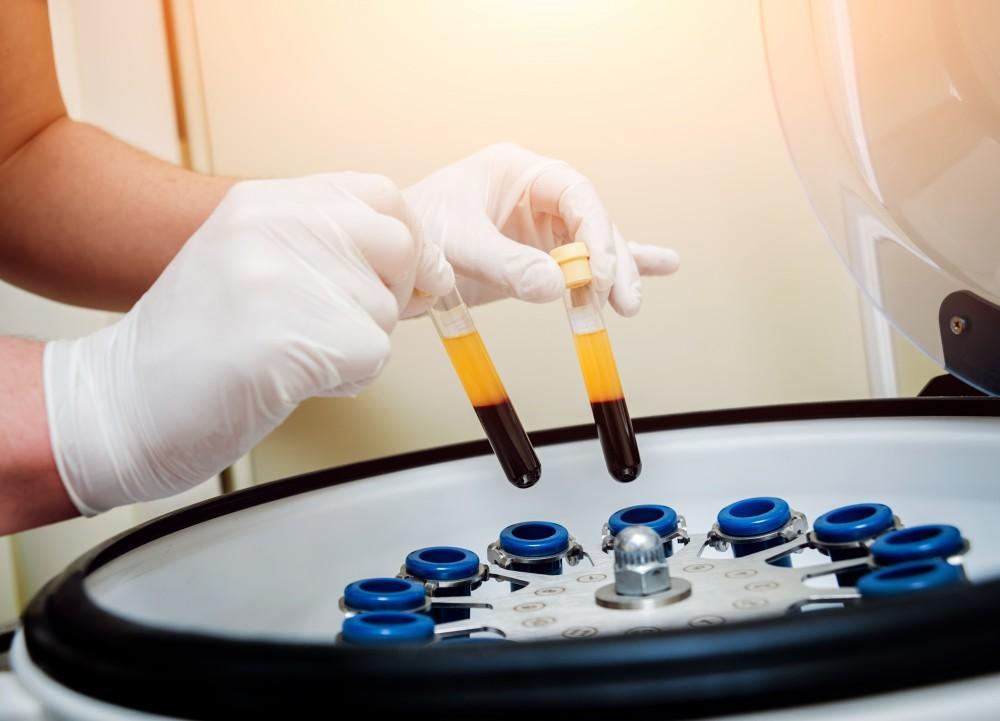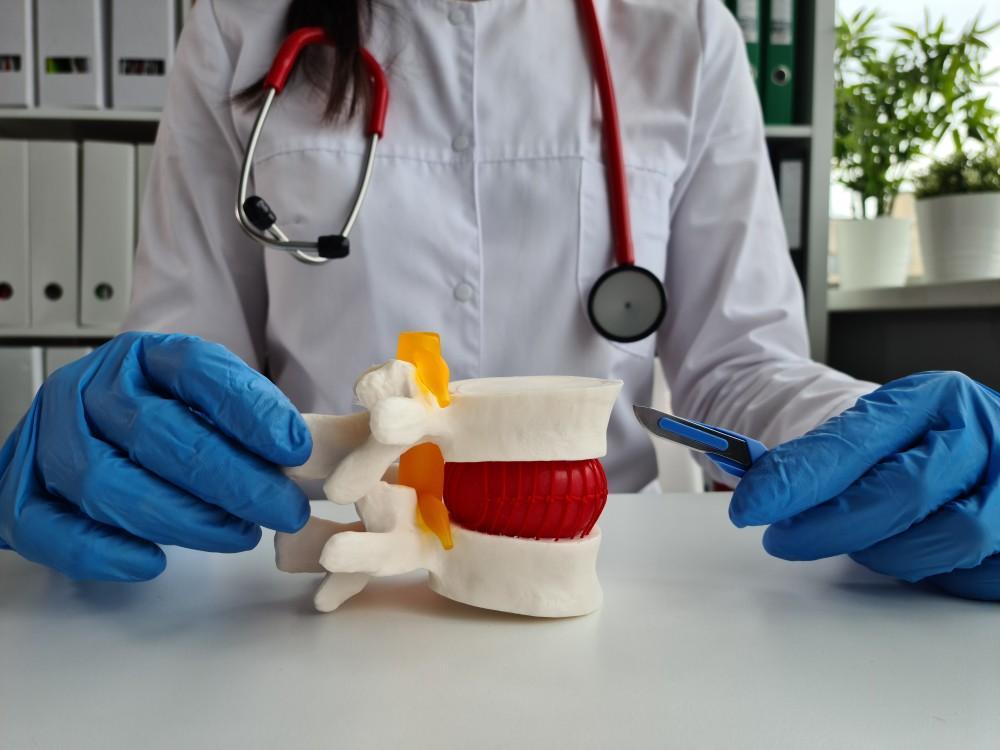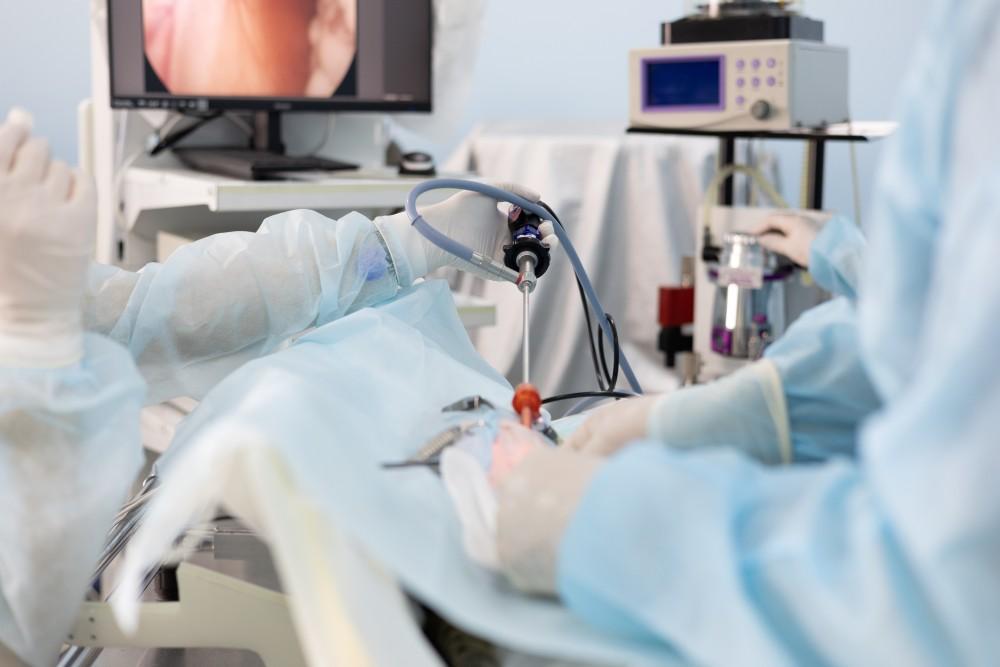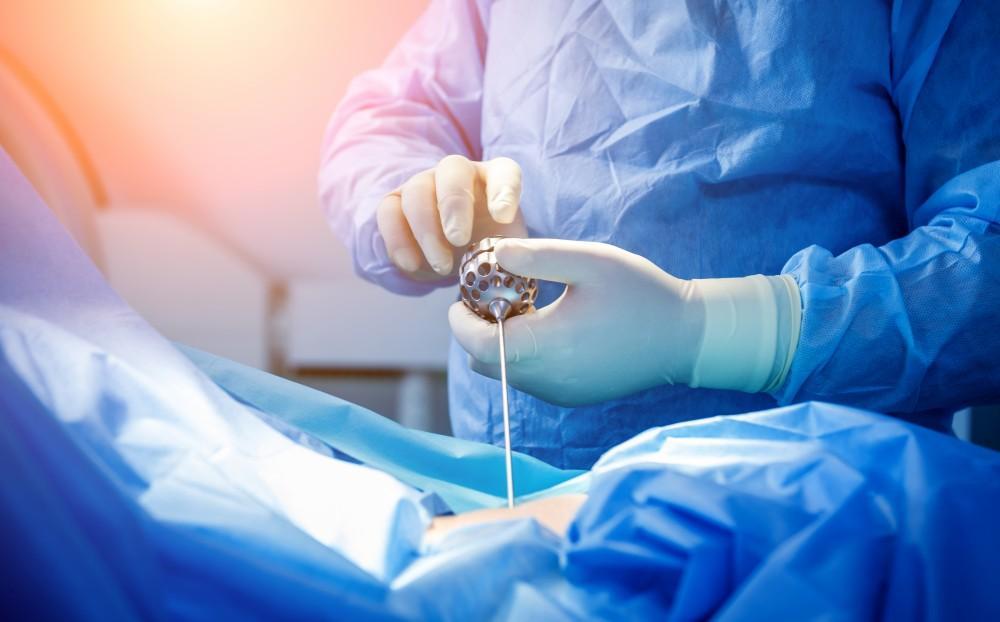Without question, your body can be a powerful and versatile healer. From simple cuts and scrapes to recovery after major surgery, your regenerative abilities are essential. Orthobiologics is a field of medicine that harnesses these natural healing advantages.
Spine surgeon Sanjay Khurana, MD, uses orthobiologic therapies to help you recover faster. These techniques concentrate your body’s ability to repair tissue after spine surgery by augmenting the natural healing process with fundamental repair building blocks. Here’s what you need to know.
What are orthobiologics?
It’s perhaps easiest to think of orthobiologic techniques as practical processes in regenerative medicine. In particular, Dr. Khurana regularly uses three orthobiologic therapies proven to aid recovery after spinal surgery, which include stem cells, platelet-rich plasma (PRP), and matrix therapies.
Stem cells
The various cells that comprise your body are differentiated. They exist as cells for specific purposes, like a blood cell, a muscle cell, or a bone cell. In the body, there are approximately 200 different types of cells.
Your body has an efficient storage method in the form of stem cells. These are undifferentiated cells without a specific purpose except to supply the basic structure that converts into a differentiated cell as needed by the body.
Five types of adult stem cells can convert into differentiated cells when your body is healing. Adding stem cells to the site of an injury bolsters the raw materials for new cell generation.
PRP
Platelets are best known for their ability to form blood clots, but that’s just the beginning of their healing properties. Proteins in platelets called growth factor hormones act as chemical messengers that aid the conversion of stem cells into differentiated cells.
Extracting, concentrating, and injecting PRP helps the body work faster than through platelets arriving in the regular blood supply. Growth factors gather stem cells through a process called chemoattraction. Adding PRP and stem cells to the site of an injury or surgical recovery permits chemoattraction at faster rates than with your natural blood supply.
Matrix
It’s perhaps easiest to think of an orthobiologic matrix as the workshop in which stem cells and PRP carry out the conversion process, creating new tissue to help you heal. Also known as conductive material, matrix therapy becomes necessary with tissue loss.
A bone graft is a matrix form that adds harvested bone tissue to a location where there’s little original tissue to provide attachment points for new cells. Calcium phosphate also works in this matrix role, having the correct structure to gather and protect healing tissue.
The result for you is less downtime after surgery. Orthobiologics not only speed the pace of recovery, but they can also reduce inflammation at the site of your procedure, which leads to less reliance on pain medication.
Learn more by discussing your spine surgery and recovery with Dr. Khurana. You can schedule a consultation online or by our office in Marina Del Rey, California, so plan your visit today.




